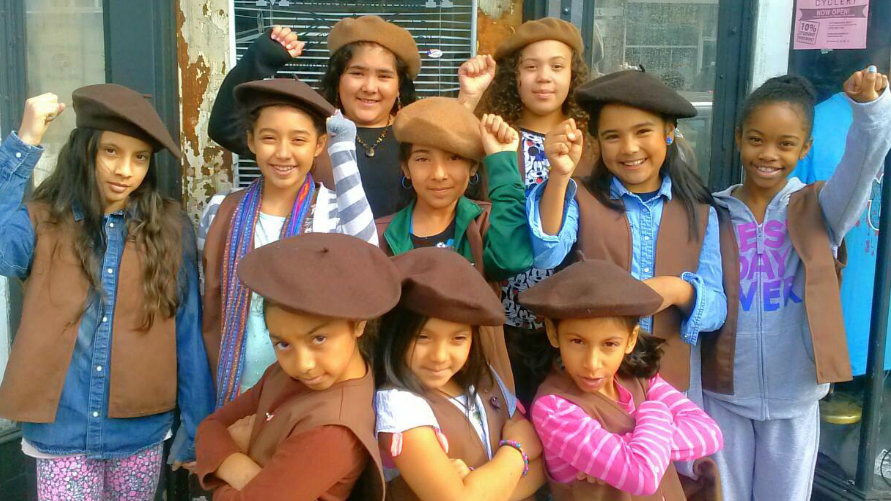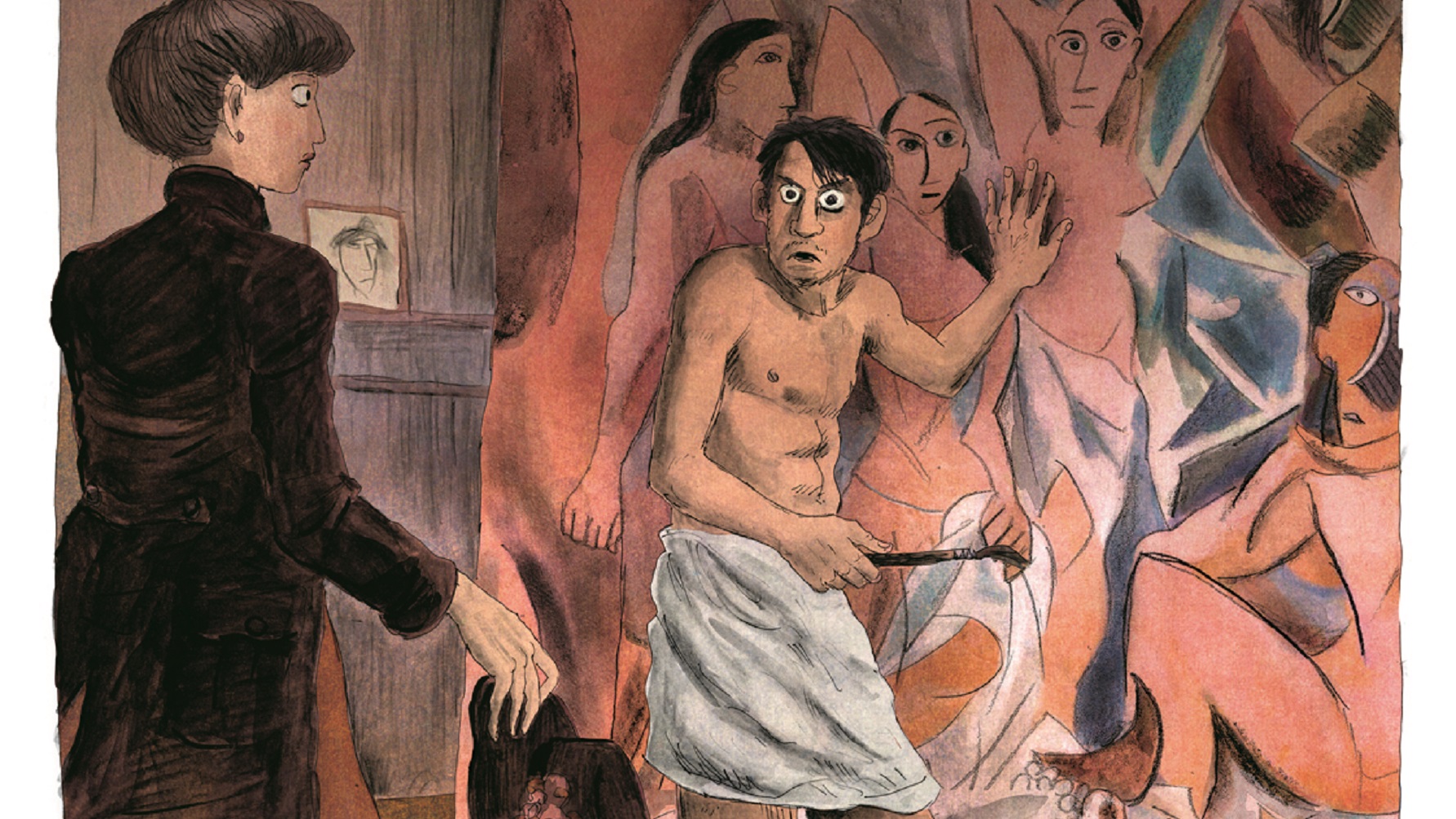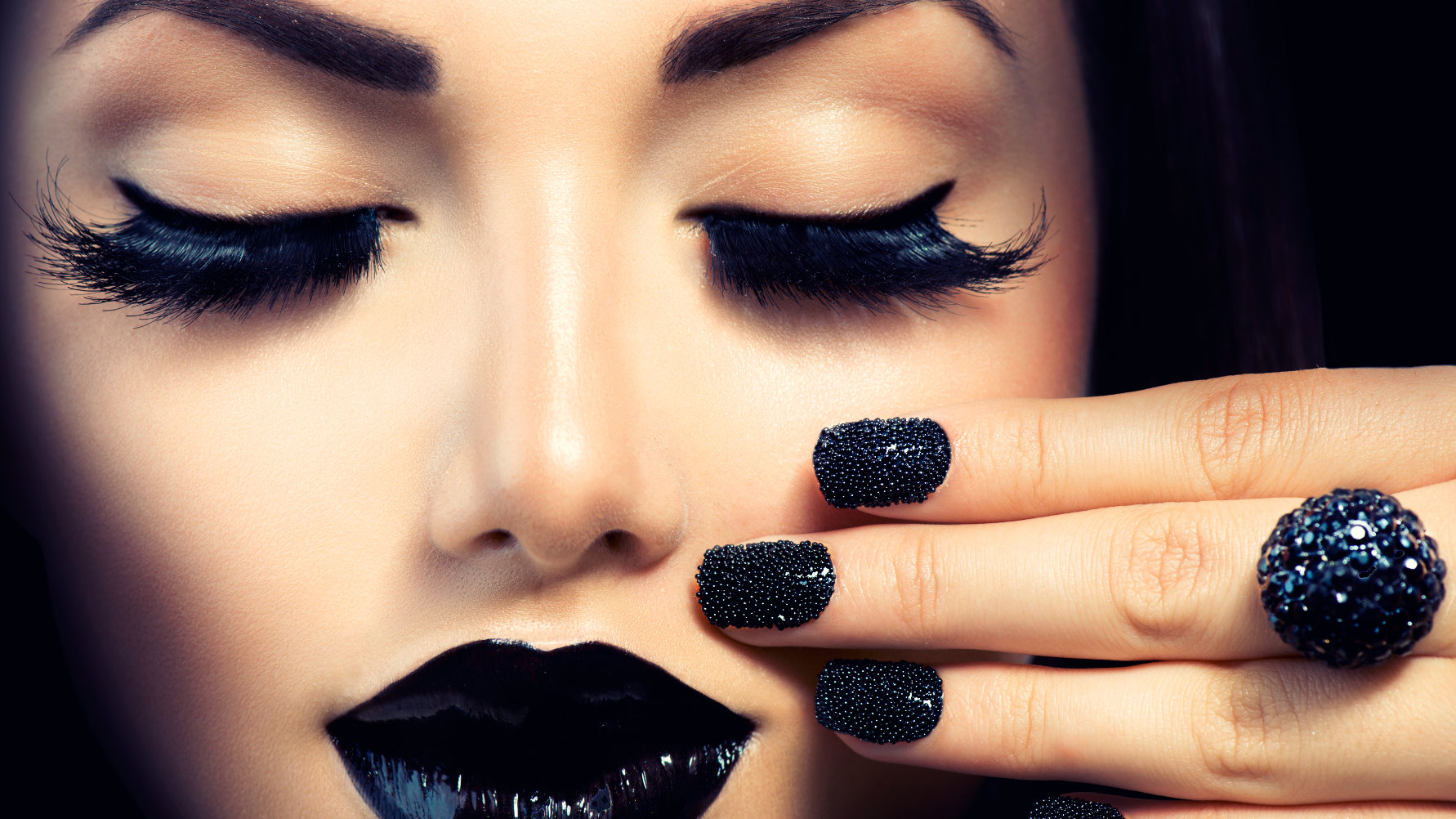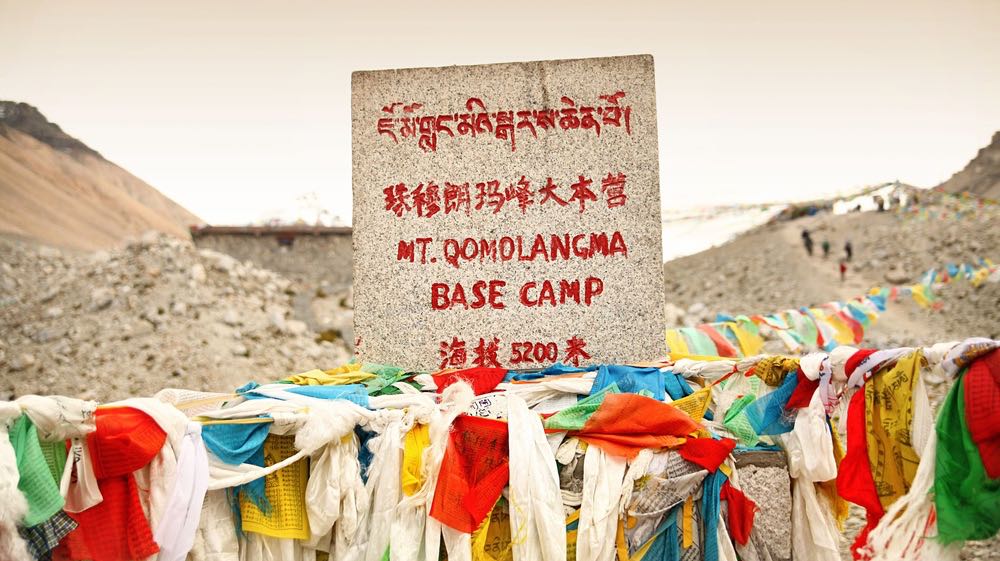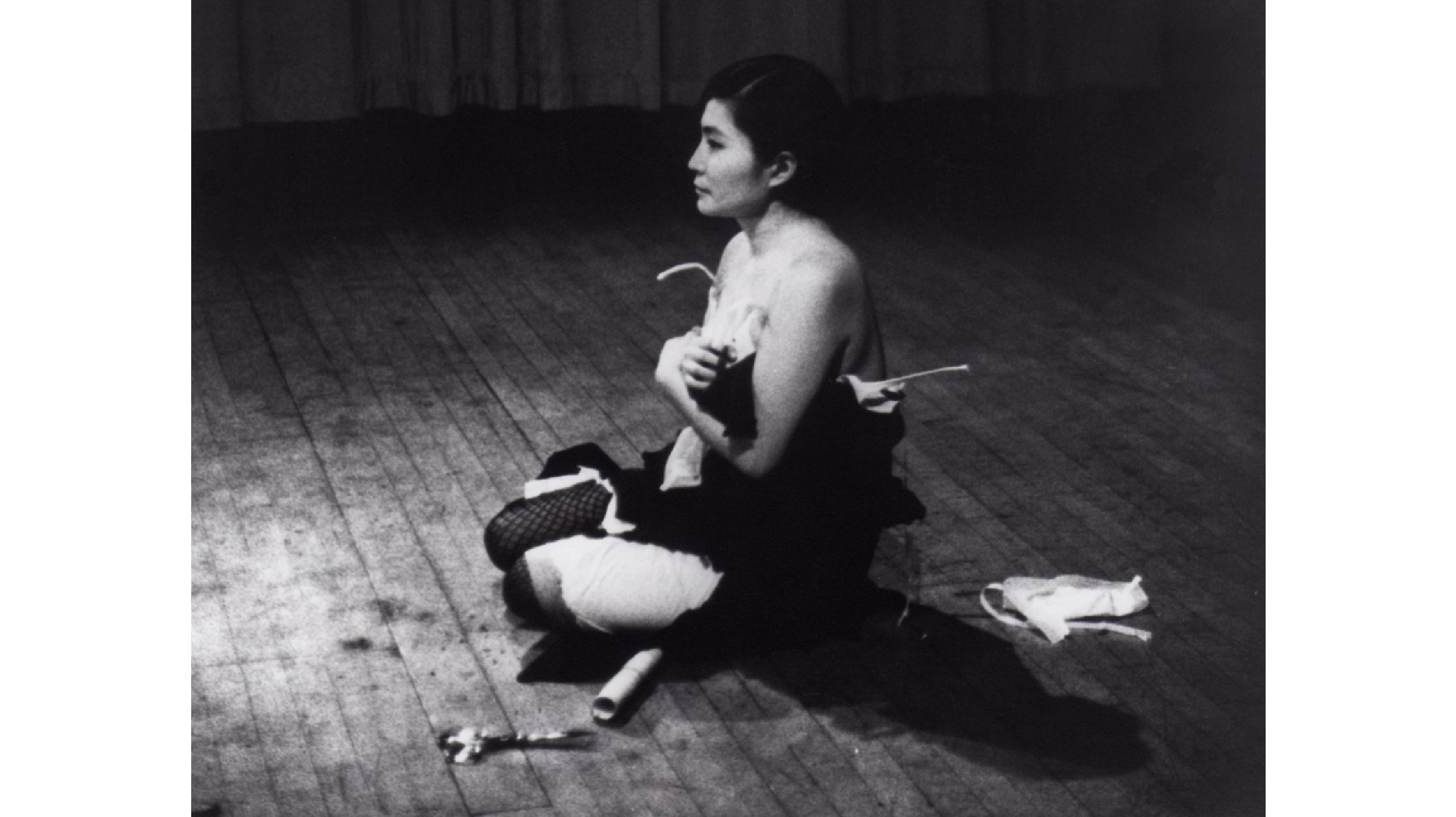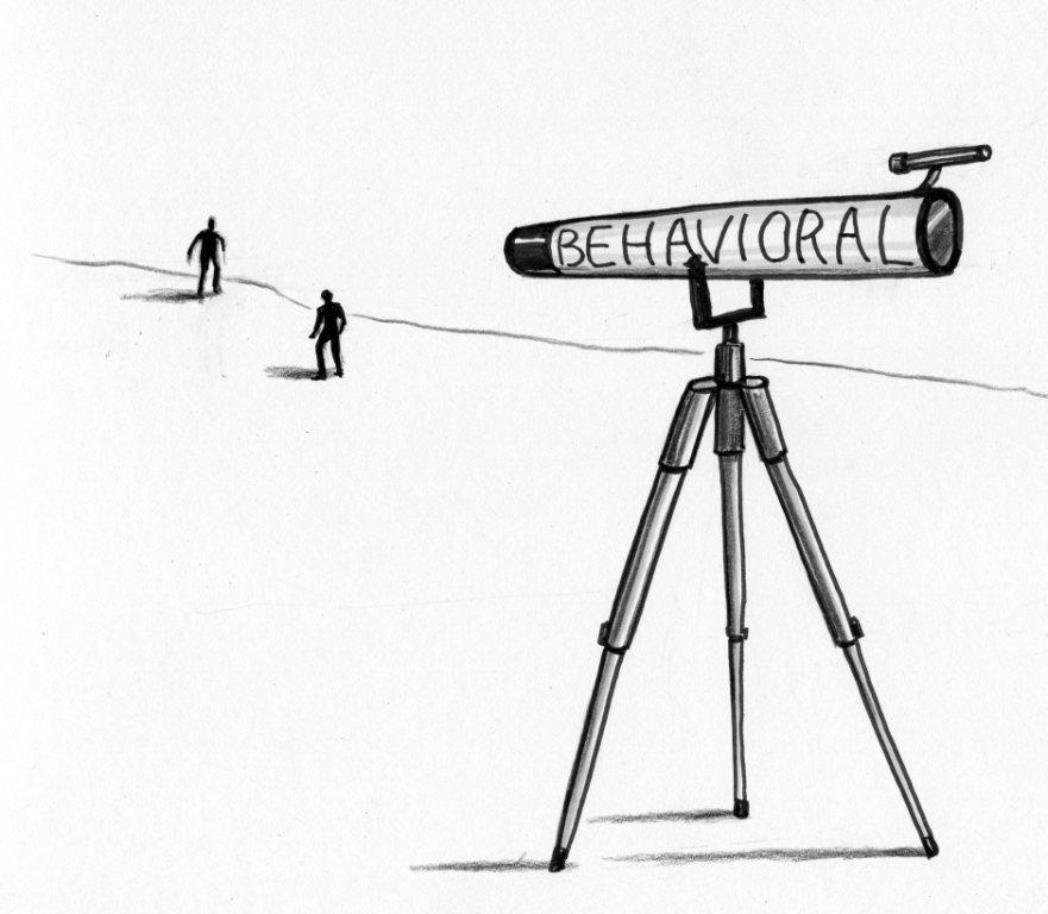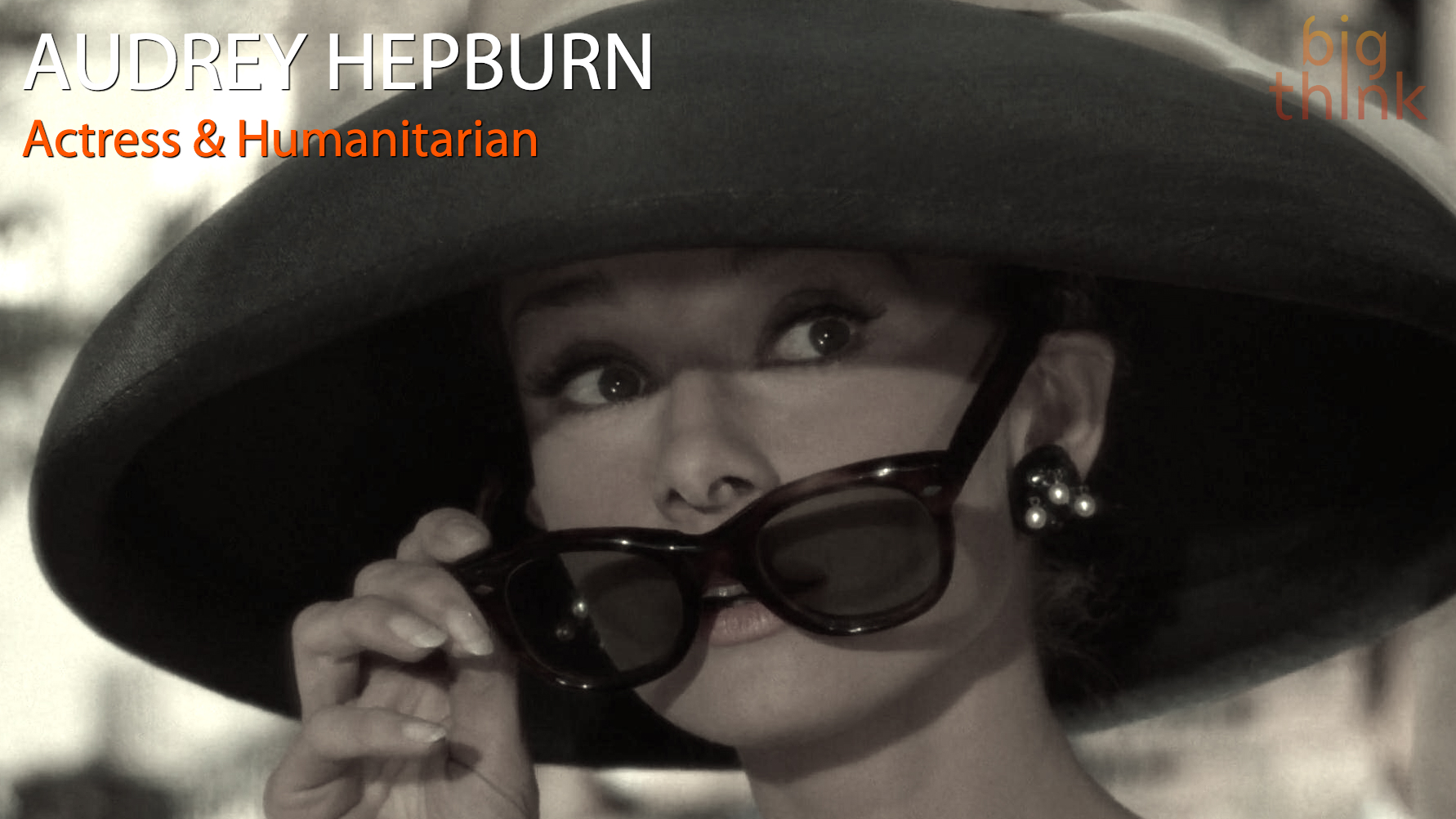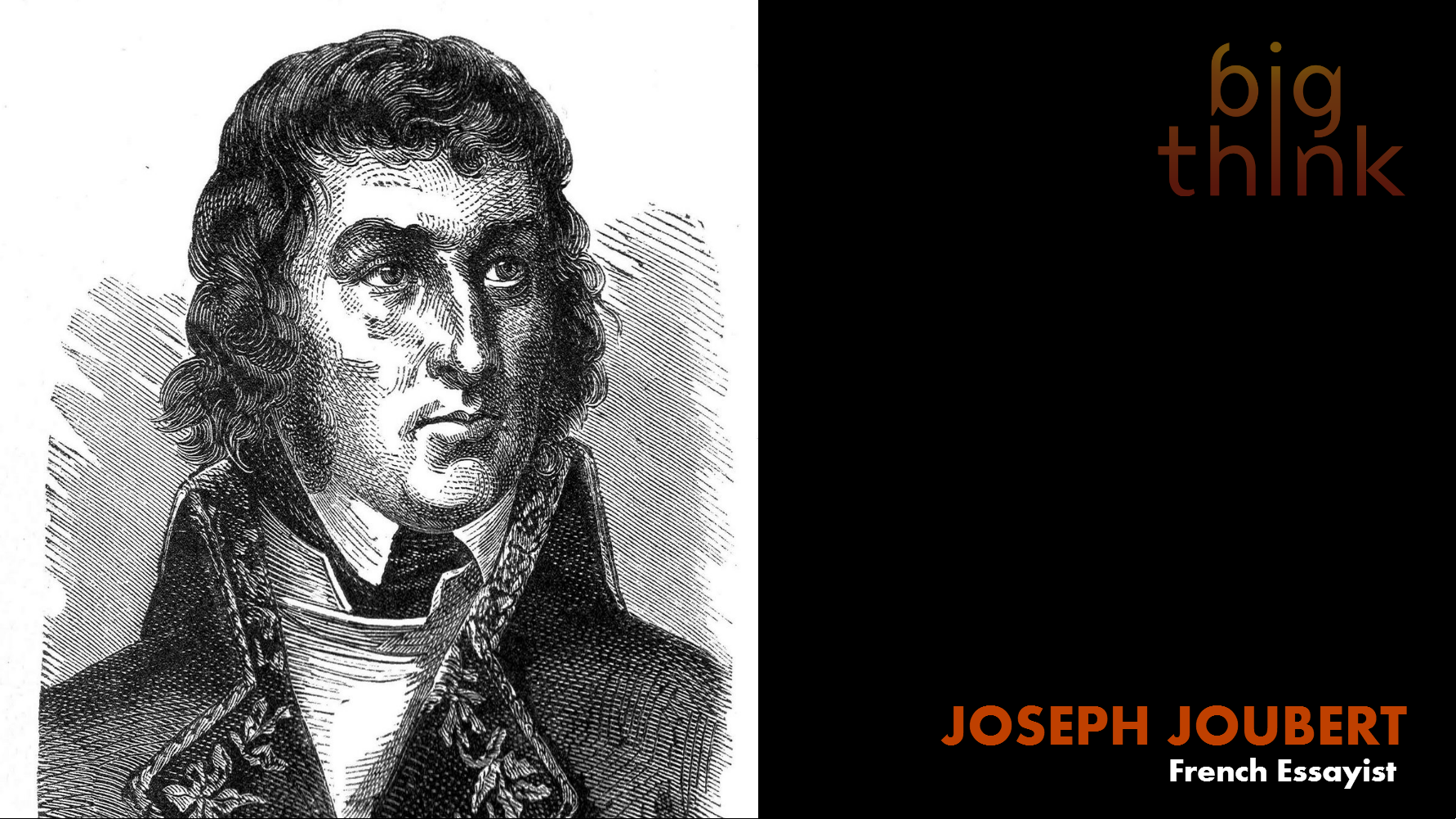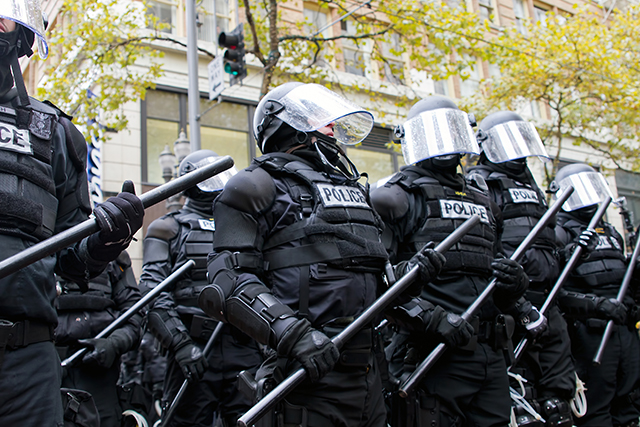The 70th anniversary of the dropping of atomic bombs on the Japanese cities of Hiroshima and Nagasaki will undoubtedly be accompanied by images of the “mushroom clouds” that rose over both cities. Terrible and sublime, these images burned themselves into the consciousness of “the greatest generation” and every generation since that’s lived with both the legacy of nuclear war and the reality of nuclear energy. A new exhibition at the Art Gallery of Ontario titled Camera Atomica looks deeply at the interrelated nature of photography and nuclear war and peace to come away with a fascinating glimpse of the calculatedly manufactured “atomic sublime” — the fascination with such terrible power at our command that simply won’t let us look away.
Search Results
You searched for: beauty
A new group unaffiliated with the Girl Scouts of America empowers young girls to advocate against racial inequality.
Artists aren’t easy people to be around sometimes. Genius and jerk often walk hand in hand. They may suffer for their art, but those who support them often become collateral damage in the quest for immortality. Making a biopic of any artist and balancing the good with the bad seems an almost impossible task. Making a biopic of Pablo Picasso, a classic case study of the genius-as-jerk, that praises the painting while honestly assessing the collateral damage to women has never satisfactorily been filmed. But where cinema fails, maybe the cinematic graphic novel can succeed. The graphic novel Pablo, written by Julie Birmant and illustrated by Clément Oubrerie, is the best “film” ever made about one of the founding fathers of modern art — a portrait of intertwined genius and jerk that never loses sight of either side.
Slapping on mascara to get those luscious lashes wasn’t nature’s intention. Your lashes serve a purpose, and their length shouldn’t be tampered with.
Our observable Universe is finite, and so is the amount of information in it. Here’s what we may never know. “Despite its name, the big bang theory is not really […]
A major psychology journal has banned the use of the near-universally adopted practice of significance testing, citing recent evidence of the technique’s unreliability. What will be the fallout for psychology as a field?
The Spitzer Space Telescope has imaged our entire galactic plane in the infrared, and it’s a 180,000 pixel spectacular. “Beauty is unbearable, drives us to despair, offering us for a […]
Portugal is Europe’s face? Only in a Pessoa poem. And on this map.
Everest is presenting a new challenge to man: how to dispose of human feces on the world’s tallest mountain.
A musical map of Minneapolis celebrates the resurrection of The Replacements.
Author and TV host Leon Logothetis shares an inspiring story from his world travels about a homeless man who welcomed him with an open heart.
▸
2 min
—
with
The best-kept secret in music festivals and the six great new bands I found. “Life is a festival only to the wise.” –Ralph Waldo Emerson Every weekend, I try to […]
Global Population Boom: Are People the Problem, the Solution, or Both? Professor Joel Cohen first asks and answers the question, “How did humans grow from small populations on the African […]
When the Whitney Museum of American Art decided to stage in 1948 their first exhibition of a living American artist, they chose someone who wasn’t even an American citizen, but only legally could become one just before his death. Painter Yasuo Kuniyoshi came to America as a teenager and immersed himself in American culture and art while rising to the top of his profession, all while facing discrimination based on his Japanese heritage. The exhibition The Artistic Journey of Yasuo Kuniyoshi, which runs through August 30, 2015 at the Smithsonian American Art Museum in Washington, DC, unveils an amazing story of an artist who lived between two worlds — East and West — while bridging them in his art that not only synthesized different traditions, but also mirrored the joys and cruelties of them.
The anatomy and science of what’s required for such a spectacular show. “Celebrate the independence of your nation by blowing up a small part of it.” –Summer of 4 ft. […]
No matter how great your expertise, new discoveries await for the curious. “There is no end to education. It is not that you read a book, pass an examination, and […]
Tiny houses have become quite trendy across the web. Design specs and photos have been shared across a number of blogs and social networks, but are these micro-houses becoming the new American Dream?
Every occurrence is a mixed bag of good and bad, pleasure and pain.
John Lennon liked to joke that Yoko Ono was “the world’s most famous unknown artist.” Before she infamously “broke up the Beatles” (but not really), Ono built an internationally recognized career as an artist in the developing fields of Conceptual art, experimental film, and performance art. Unfairly famous then and now for all the wrong reasons, Ono’s long fought in her own humorously sly way for recognition, beginning with her self-staged 1971 “show” Museum of Modern (F)art, a performance piece in which she dreamed of a one-woman exhibition of her work at the Museum of Modern Art, New York. Now, more than 40 years later, the MoMA makes that dream come true with the exhibition Yoko Ono: One Woman Show, 1960–1971. Better late than never, this exhibition of the pre-Lennon and early-Lennon Ono establishes her not just as the world’s most famous unknown artist, but the most unfairly unknown one, too.
What the first American woman in space meant for people everywhere. “Each generation goes further than the generation preceding it because it stands on the shoulders of that generation. You […]
Strong psychological reactions — call it the yuck factor — could prevent innovative ideas from maturing and therefore from reaching populations in need.
Nature’s games aren’t all “red in tooth and claw” competitions. Evolution also contains cooperation. And Game Theory provides the tools (“behavioral telescopes”) to show how cooperation can improve evolutionary fitness.
What do British Romantic Era poets and video games have in common? The answer is Elegy for a Dead World, an unlikely game that leaves the players with “no game […]
“I am proud to have been in a business that gives pleasure, creates beauty, and awakens our conscience, arouses compassion, and perhaps most importantly, gives millions a respite from our so violent world.”
Joseph Joubert was a French essayist whose collected works were not published until after his death in 1824.
“Life is like playing a violin solo in public and learning the instrument as one goes on.”
Everyone you pass on the street, each person you drive by every day, has a story as well. To claim their death is not worth noticing is to say that their life was not worth living. And that’s too bad, because interdependence is something we all rely on every single day, knowingly or not.
From cloudy nights to clear, and even during the day, this beautiful bedding brings the beauty of the Universe to you! “The probability of success is difficult to estimate; but […]

